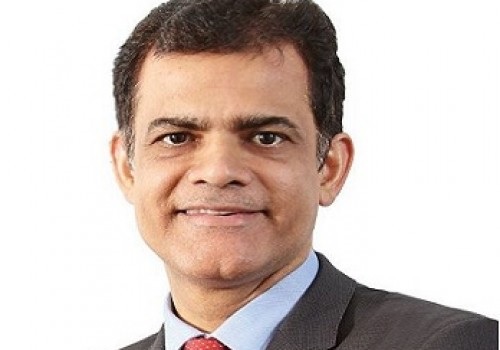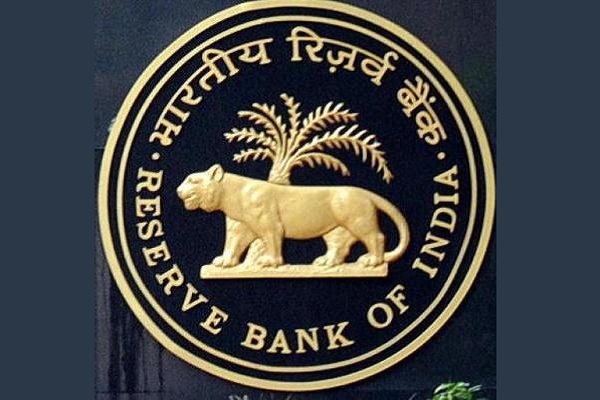Macro Strategy : Liquidity matters by Madhavi Arora, Lead Economist, Emkay Global Financial Services Ltd

The seismic change in the RBI’s liquidity management has led to a material transposition in the banking liquidity landscape. However, the RBI’s job is still half done. While we see system liquidity surplus crossing Rs4.5trn in 1QFY26E, we estimate that to arrive at an average surplus of over ~1% of NDTL in FY26, the primary liquidity injection needed from the RBI would be ~Rs4.4trn (Rs2.4trn OMOs done so far). Even though we believe there would be a liquidity deluge in coming months, we do not see it impeding a June rate cut/depth of the easing cycle. We maintain that terminal policy rate could reach 5.25% (+/-0.25%), while system liquidity will still end FY26 at a surplus of ~1.1% of NDTL – lower than the past easing cycles. That said, improving transmission tools should aid better real sector percolation. We expect the 10-year yield to ease to 6.0% by end-CY25, while the case of the bull steepening bias is likely to strengthen in the near-term, helped by core liquidity surplus rising to ~Rs6trn in June.
#1. Is there too much surplus liquidity?
Honestly, no! The recent shift in the RBI’s liquidity stance recently is much needed for augmenting the transmission of the current rate cut cycle. While the RBI’s revealed preference is toward softly targeting system liquidity at a surplus of ~1% of NDTL (~Rs2.5trn), we note that the transmission of rate cuts required is, historically, much more, with most of the past easing cycles ending with a surplus, tracking 2-3% of NDTL. Thus, the RBI’s job is far from over. Besides, the primary infusion is partly a payback of past excessive FX interventions (largely in forwards/NDF), much beyond the fundamental need of the economy, leading to the RBI’s heavy USD net short forward book of USD64.2bn (~Rs5.5trn) as of end-Mar ’25. Reserve money growth has been tepid (below nominal GDP growth) and in a steady fall since its Covid-peak of 18%, and is currently tracking at just about 3.7% YoY. In fact, the RBI’s 3Y balance sheet CAGR is a mere ~4% (till Dec-25) and only recently picked up pace (in 4Q).
#2. What is the outlook on OMOs/primary RBI infusion and liquidity ahead?
Not bad! While we expect system liquidity surplus to materially improve in coming weeks/months, for the liquidity surplus to cross 1.0% of NDTL would require RBI’s primary infusion of nearly Rs4.4trn in FY26E (Rs2.4trn OMOs done so far). 1QFY26E is likely to be in super surplus liquidity (could be over 5trn at May-end), led by ~50% higher-thanbudgeted RBI dividend of ~Rs3.2trn and sharp seasonal moderation in currency in circulation (CIC). Even as the liquidity surplus would moderate in 2H vs 1H, we see endMar-26E surplus tracking above Rs2.8trn. We assume 40% delivery of existing RBI’s FX forward book, mild BoP surplus of USD12-15bn, and CIC leakage receding to 11.1% of GDP.
#3. Will this liquidity deluge impact RBI’s conventional monetary policy stance?
Best avoided! As the RBI now softly targets the quantum of liquidity, the weighted call money rate has largely hugged/even slipped below the SDF and fallen by ~90-100bps since Jan-25 vs 50bps rate cut. This is tantamount to stealth easing and, with a possible liquidity deluge ahead, some fear that June cuts could be delayed. Besides, some market sections worry that amid the shallow Fed easing ahead and narrowing spreads with USTs to a two-decade low, India may be compelled to offer higher risk premia. We though believe that changing global dynamics create the need to see select EM assets with fresh eyes, as their shockabsorbing capacity improves, while US assets see a re-assessment. In contrast, the relative global calm offers a good opportunity to focus on domestic dynamics than to wait and act in more uncertain times. The liquidity deluge of May-end will fade over coming months and should not feed into the RBI’s reaction function. Separately, with FY26 inflation averaging at ~3.7-3.8%, terminal policy rate of 5.25% will still yield a much higher real rate, of ~1.4- 1.5%, as against the near-1% neutral rate directed by the earlier administration.
#4. Is the monetary transmission mechanism (MTM) working well in this cycle?
Yes, so far! Historical trends suggest the efficacy of MTM to banking deposit and lending rates has been a function of depth, duration and speed of the rate cycle, and the underlying state of banking liquidity. However, the last few cycles suggest that MTM has worked slightly better in easing than in tightening cycles. There is a noticeable asymmetry in monetary transmission to deposit and lending rates during easing and tightening cycles, with deposit rates changing much more than bank lending rates. In the current ongoing cycle, deposit rates have eased faster than lending rates in general. The rapid increase in share of EBLRlinked loans (~61% now) has further helped transmission. Adequate liquidity + improving transmission tools should help in better percolation to the real economy in this cycle.
Above views are of the author and not of the website kindly read disclaimer




















